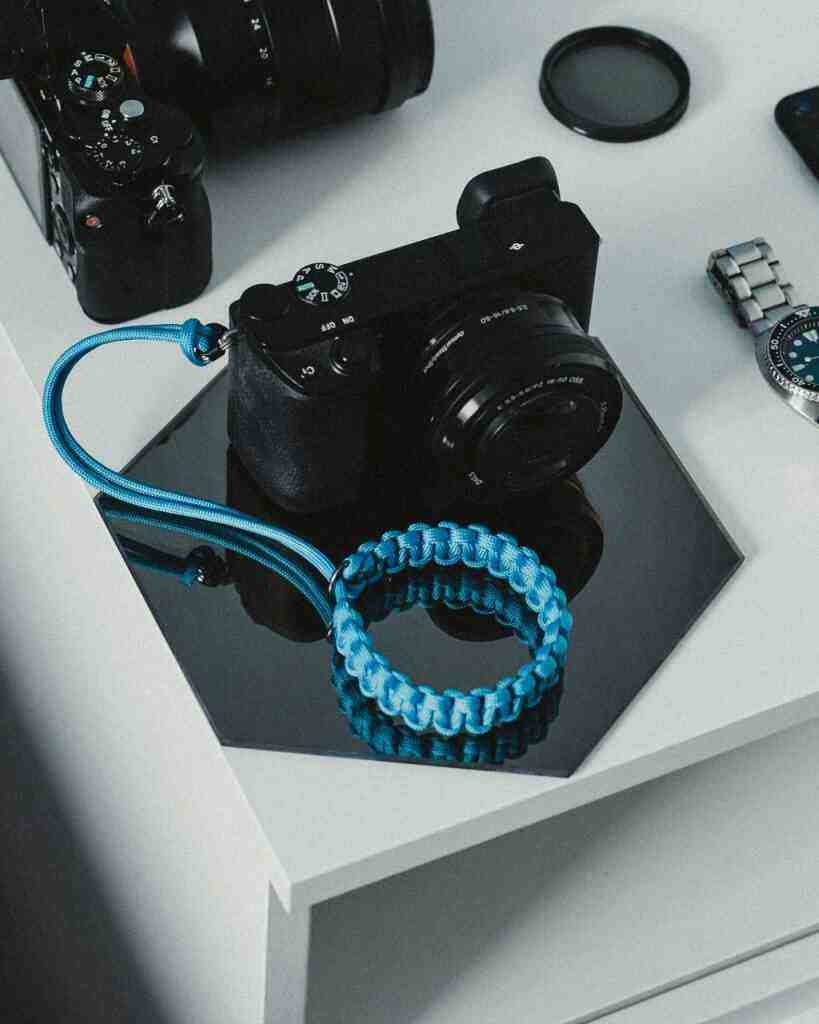Role of Cameras in Modernizing Patrol Robots: Enhancing Security and Surveillance
Introduction:
In the ever-evolving landscape of security and surveillance, the integration of cameras into patrol robots has emerged as a revolutionary force, transforming the way these machines perceive and interact with their surroundings. Cameras serve as sensory inputs, providing a rich tapestry of visual data that fuels autonomous navigation, environmental analysis, and a myriad of other critical functions. This comprehensive exploration delves into the intricate world of camera technology in patrol robots, unraveling their profound impact on various operational capabilities.
I. Embedded Cameras as Sensory Inputs: The Eyes of the Robot
Patrol robots rely on embedded cameras as their primary sensory modality, enabling them to perceive and comprehend their surroundings. These cameras function as the eyes of the robot, capturing visual information that is meticulously processed by onboard algorithms to inform decision-making and control actions.
A. Depth Sensing: Mapping the Environment in Three Dimensions
Depth perception, a crucial capability for patrol robots, allows them to navigate complex environments and deftly avoid obstacles. Advanced depth-sensing technologies, such as time-of-flight (ToF) cameras, stereo vision cameras, and structured light cameras, provide accurate depth information, facilitating precise mapping and navigation.
B. Real-time Processing: Making Sense of the Visual World
To keep pace with the dynamic nature of their operating environments, patrol robots require cameras equipped with high frame rates and resolutions. Additionally, onboard processors, such as GPUs or AI accelerators, enable real-time processing of visual data, ensuring immediate decision-making and response.
C. Field of View (FOV): Widening the Robot’s Gaze
The design and placement of cameras on patrol robots determine the extent of their surveillance capabilities. Whether employing a single camera or multiple units, the FOV significantly influences the robot’s ability to monitor its surroundings effectively.
D. Low-light Performance: Seeing in the Dark
For effective operation in diverse lighting conditions, patrol robots utilize cameras with high dynamic range (HDR) and exceptional low-light performance. This ensures accurate visual perception even in challenging lighting conditions, such as nighttime or dimly lit areas.
II. Multi-faceted Role of Cameras in Patrol Robots: Beyond Navigation
Cameras play a pivotal role in enhancing the capabilities of patrol robots across various functions, including autonomous navigation, surveillance, and security.
A. Driving Autonomous Navigation: Charting a Course through the World
1. 3D Depth-sensing Technologies:
– ToF cameras measure the time-of-flight of light to create depth maps.
– Stereo vision cameras simulate human binocular vision for depth perception.
– Structured light cameras project patterns and analyze distortions for depth measurement.
2. SLAM (Simultaneous Localization and Mapping) Algorithms:
– Depth information enables SLAM algorithms to construct real-time maps and localize the robot within its environment.
– Facilitates obstacle detection, avoidance, and efficient path planning.
B. Enhancing Surveillance with Video Analytics: Extracting Meaning from Visual Data
1. Edge-based AI Analytics:
– Video feeds are analyzed in real-time using AI algorithms, such as convolutional neural networks (CNNs).
– Object detection and classification algorithms identify potential threats and anomalies.
2. Real-time Decision-making:
– Onboard processing units equipped with GPUs or AI accelerators enable instantaneous decisions based on visual data.
– The camera’s FOV and resolution determine the quality and extent of surveillance.
C. Enabling 360-degree Video-based Monitoring: Seeing it All
1. 360° Cameras:
– Provide a comprehensive view of the surroundings for remote monitoring applications.
– Operators control robots from a distance, using the captured data for real-time surveillance and post-event analysis.
2. Advanced Image Processing Techniques:
– Object tracking algorithms monitor pedestrian movements and vehicular traffic.
– Pattern recognition algorithms analyze footage for insights into environmental conditions.
D. Delivering Facial Recognition Capabilities: Identifying Individuals
1. High-resolution Cameras:
– Capture detailed facial features for accurate recognition.
– HDR and low-light capabilities ensure accuracy in varying lighting conditions.
2. Facial Recognition Process:
– Detects facial features, normalizes the image, and matches it against a database using deep learning algorithms.
– Effective within a shorter range (40-50 meters) due to processing complexity and accuracy requirements.
III. Conclusion: The Future of Patrol Robots
The integration of cameras into patrol robots has heralded a new era in the realm of security and surveillance. Cameras serve as sensory inputs, providing visual data that fuels autonomous navigation, environmental analysis, and a range of other critical functions. The ongoing advancements in camera technology and AI will continue to shape the future of patrol robots, making them more sophisticated, versatile, and future-proof. By addressing the challenges involved, we can unlock the full potential of these robotic systems in various functions, from industrial security to public safety.
